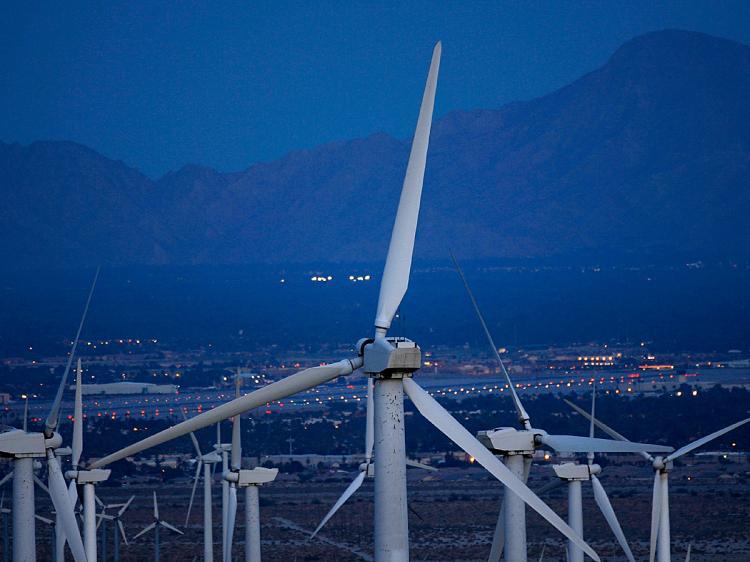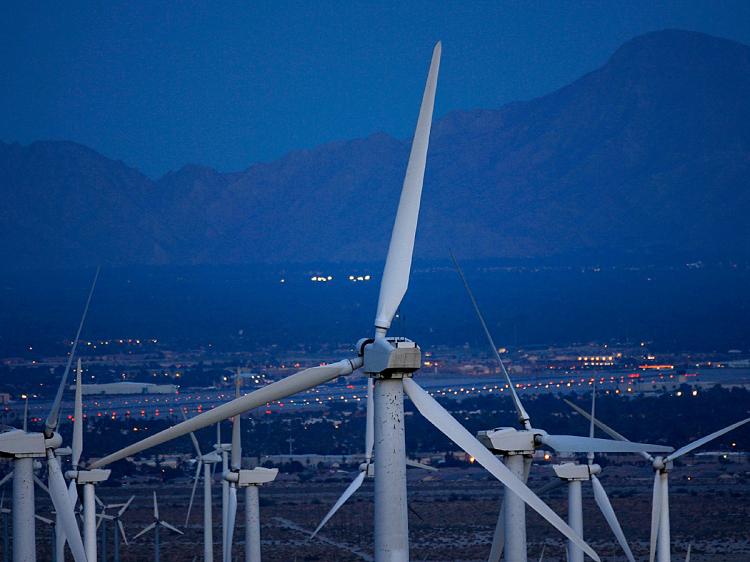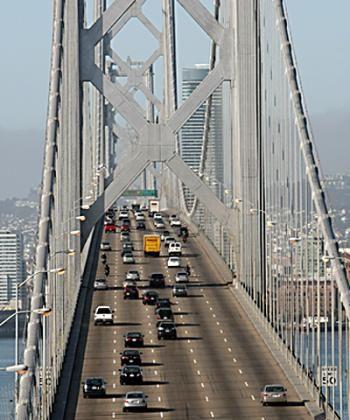The EPA ranked Kimberly-Clark Corp. at number one, because the company’s U.S. Everett, Wash. facility uses an innovative process that generates over 193 million kilowatt hours (kWh) of renewable energy each year from waste produced in making paper pulp. The generated green electricity represents more than 7 percent of the electricity the company would otherwise have to purchase from around the United States.
“Last year we used less water, less energy, and produced less carbon dioxide, even though we made more products than ever before,” says Tom Falk, CEO of Kimberly-Clark Corp. in a video presentation on the company’s Web site.
The Los Angeles County Sanitation Districts ranked second, using 171 million kilowatt hours of renewable energy, about 54 percent of the districts’ total energy use. The Los Angeles County Sanitation Districts provide waste water management for over a half of the population of Los Angeles County.
The source of the Los Angeles County energy was biogas produced by sludge digesters and landfills. The gas is burned to create steam that runs electric turbines, a method used by several of the top 20 companies listed by the EPA.
A water pollution control plant operated jointly by the cities of San José and Santa Clara in California was fourth with 52.7 million kWh. That plant generates 56 percent of the city’s needs from biogas.
Cement maker CalPortland came in fifth with 50 million kWh. The company ensures 11 percent of its energy needs from wind.
Sources of green power also include solar, geothermal, biomass, and low-impact hydropower.
Combined, the top 20 companies are generating and consuming more than 736 million kilowatt hours (kWh) of on-site green power annually, which the EPA said is equivalent to the electricity needed to power more than 61,000 American homes annually.





